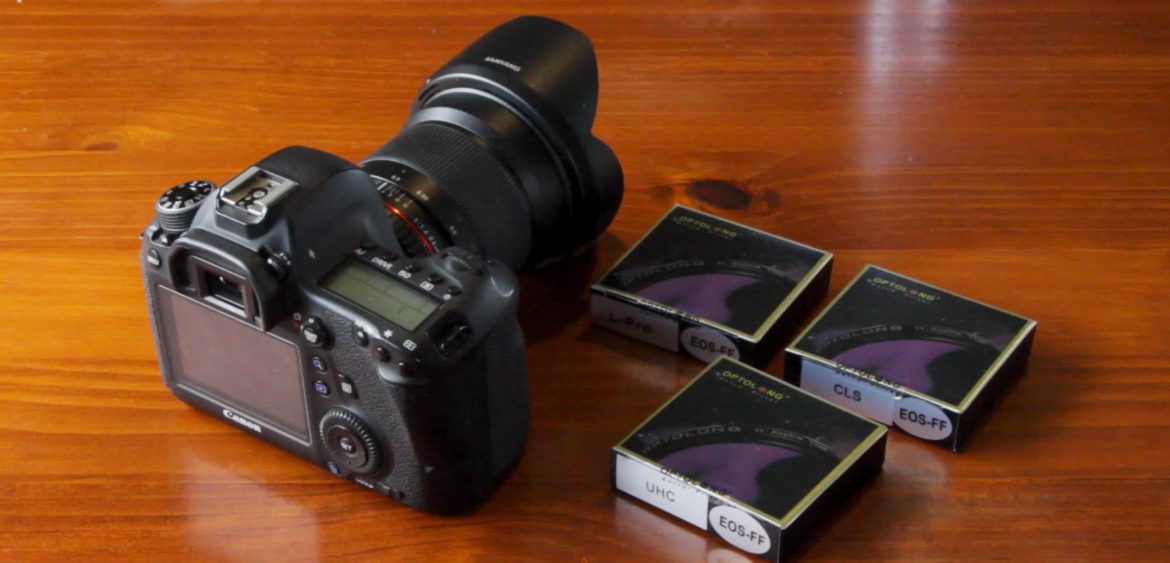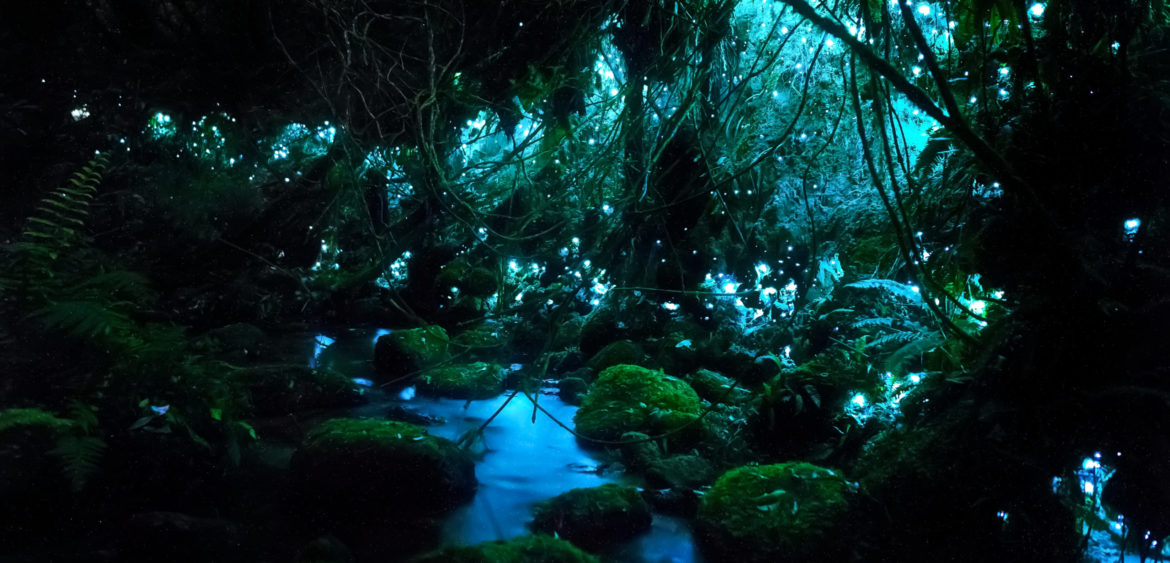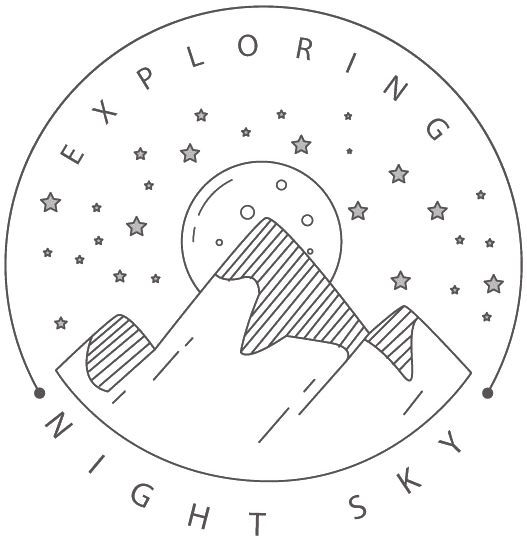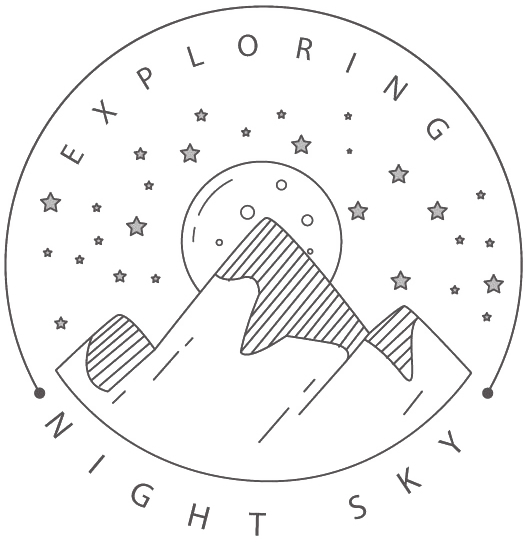
Apr
16
Optolong light pollution filters

Nov
26
by Amit Kamble
in New Zealand, Nightscapes, Travel
0 comments
tags: glow worms, mclaren falls park, new zealand, night, tauranga
Glow Worms – New Zealand

May
29
A 5sec Exposure – East Cape Lighthouse

Apr
17
Astronomik filters comparison
Apr
16
LMC Processing – PixInsight Tutorial
Apr
14

